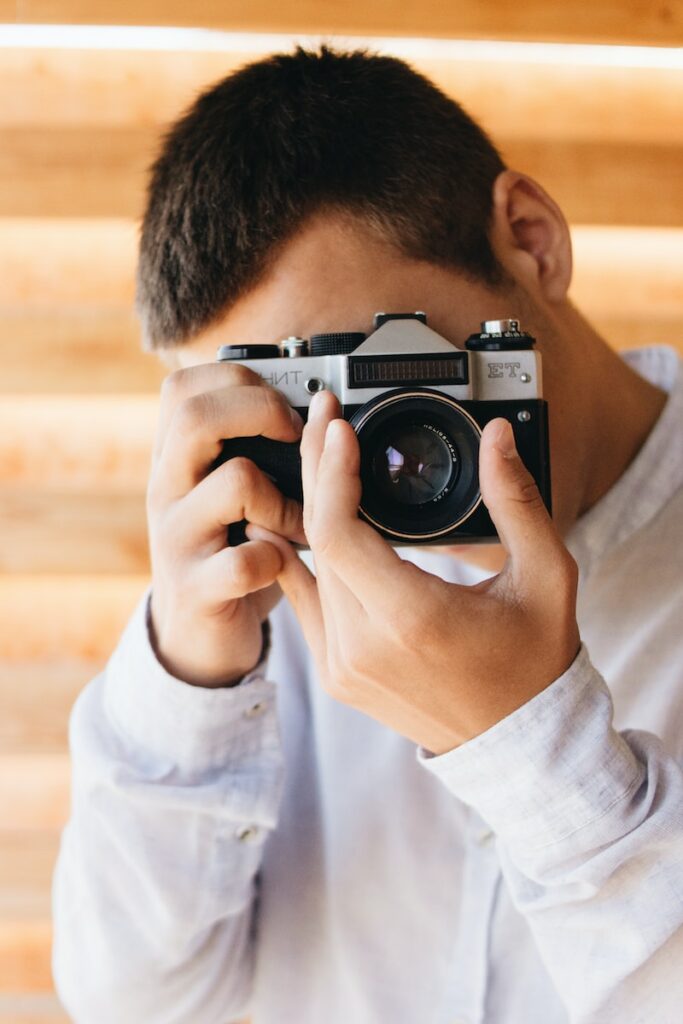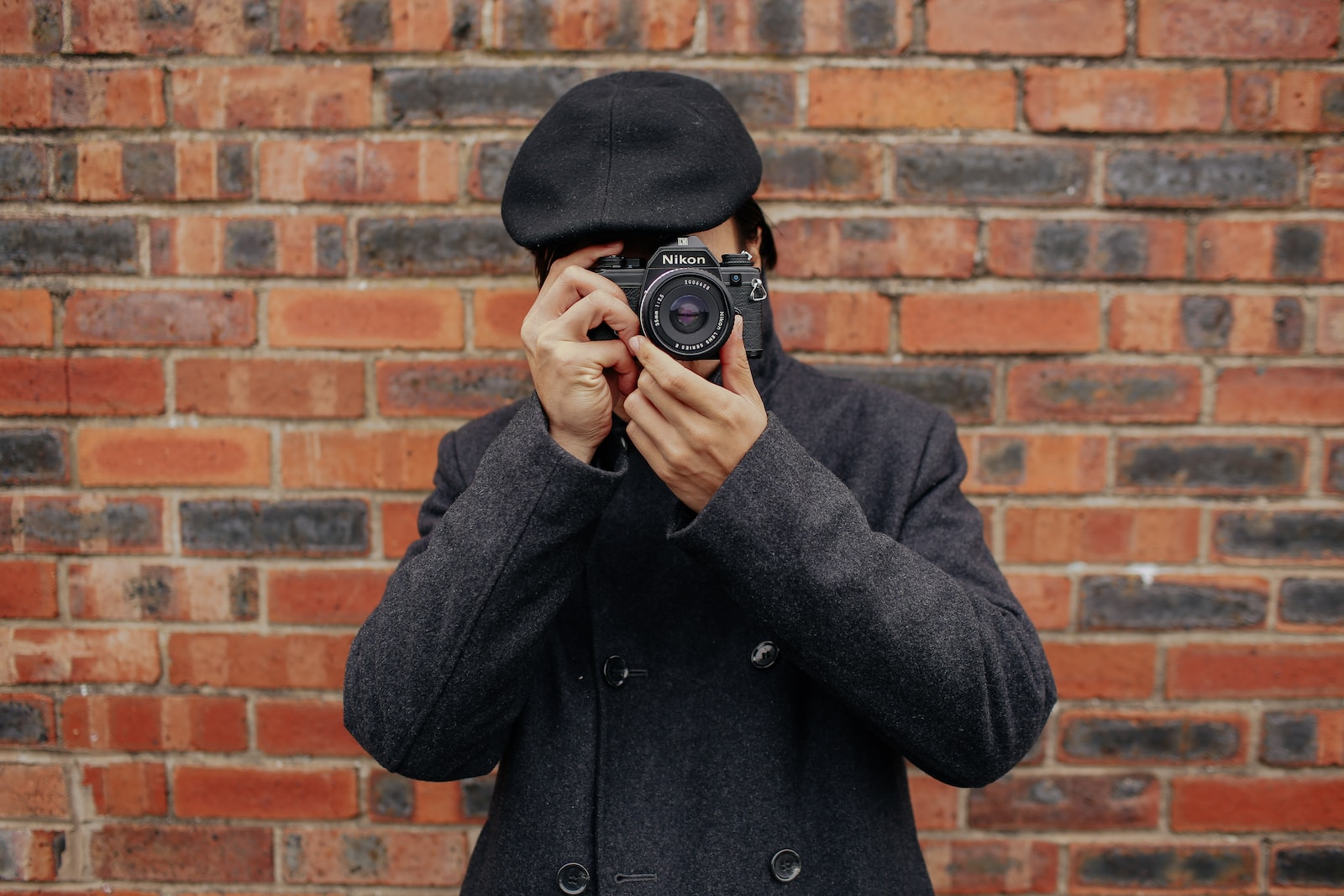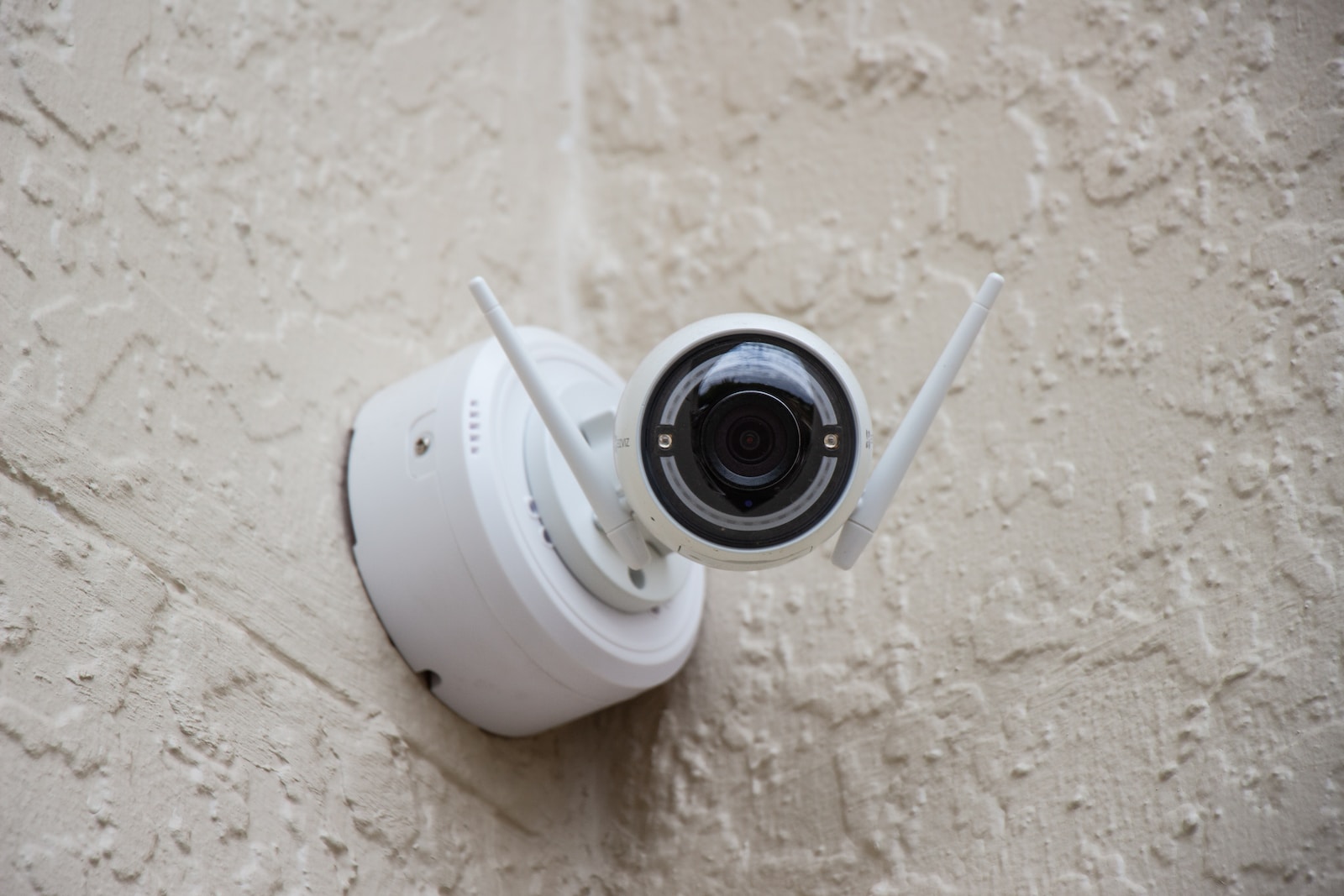Are you ready to take your photography skills to the next level? If you’re passionate about SLR film cameras and want to master the art of manual focusing, then you’ve come to the right place! In this tutorial, we’ll explore the ins and outs of manual focusing in SLR film cameras, providing you with the knowledge and techniques needed to capture the perfect shot. Whether you’re a beginner or a seasoned photographer, you’ll find valuable tips and tricks to enhance your photography skills. Let’s dive in!
Table of Contents
- The Art of Manual Focusing in SLR Film Cameras
- The Art of Manual Focusing in SLR Film Cameras
- Frequently Asked Questions
- 1. What is manual focusing in SLR film cameras?
- 2. Why would I want to use manual focusing?
- 3. How do I effectively use manual focusing in SLR film cameras?
- 4. Are there any techniques to improve manual focusing accuracy?
- 5. Can I use manual focusing with SLR film cameras that have autofocus capabilities?
- 6. Are there any benefits to using manual focusing in the digital age?
- Wrap Up
The Art of Manual Focusing in SLR Film Cameras
Understanding the Basics of Manual Focusing
Before we delve into the intricacies of manual focusing, it’s essential to understand the basics. Unlike autofocus, manual focusing allows photographers to have complete control over the focus point. This gives you the freedom to select the exact area you want to be in sharp focus. Manual focusing is especially advantageous in situations where autofocus may struggle, such as low-light conditions, macro photography, or when working with subjects that lack contrast.
Mastering the Focus Ring
The focus ring is a crucial component of manual focusing in SLR film cameras. It’s typically located on the lens barrel and enables you to adjust the focus manually. To achieve precise focusing, it’s important to handle the focus ring with utmost care. Slow and deliberate movements are key to avoid overshooting the focus point. Take your time and make subtle adjustments to ensure your subject is perfectly in focus.
Utilizing the Viewfinder
The viewfinder is your window to the world through the SLR film camera. It allows you to compose your shot while providing visual feedback on the focus. When utilizing manual focusing, pay close attention to the viewfinder. Focus on aligning lines, details, or the subject’s eye to ensure accurate focus. Utilize the central focusing point or use the focus-lock technique, where you focus and recompose the shot by holding the shutter button halfway down.

Techniques for Achieving Sharp Focus
Obtaining sharp focus requires a combination of technique and practice. Here are a few techniques to help you achieve razor-sharp focus:
- Focus Magnifier: Some SLR film cameras feature a focus magnifier function. This allows you to zoom in on the desired area and adjust the focus with even greater precision.
- Focus Peaking: Another helpful feature available in some SLR film cameras is focus peaking. It highlights the areas in focus by overlaying a colored outline, making it easier to fine-tune your focus.
- Split-screen Focusing: Certain SLR film cameras offer a split-screen focusing aid. It divides the viewfinder into two halves, making it easier to align and focus subjects accurately.
- Zone Focusing: Zone focusing is a valuable technique to capture fast-moving subjects. By pre-setting the focus distance and using a smaller aperture, you can ensure a larger area of your frame remains in focus.
Remember, achieving perfect focus may require multiple attempts, especially when working in challenging conditions. Embrace the learning process and keep practicing!
Did you know that manual focusing was the only option available in early film cameras? It wasn't until the late 20th century that autofocus technology became mainstream.
Exploring Advanced Focusing Techniques
Now that you have a strong foundation in manual focusing, let’s explore some advanced techniques:
Focus Bracketing
Focus bracketing involves capturing a series of images at slightly different focus distances. This technique is especially useful in macro or landscape photography, where you want to ensure every detail is in focus. Later, you can merge these images using specialized software to achieve a final image with greater depth of field.
Rapid Fire Focusing
Rapid fire focusing is a technique utilized in fast-paced scenarios where the subject is constantly moving. By continuously adjusting the focus using small increments, you increase the chances of capturing a perfectly focused image amidst the action. This technique requires practice and a good understanding of your camera’s focusing capabilities.
Hyperfocal Distance
Understanding hyperfocal distance is essential when it comes to maximizing the depth of field in a photograph. By determining the hyperfocal distance for a particular lens, aperture, and focal length, you can set your focus point to achieve maximum sharpness from the near foreground all the way to the distant background.
By implementing these advanced techniques, you’ll be able to push the boundaries of manual focusing and capture stunning photographs with exceptional sharpness.
Final Thoughts
Mastering the art of manual focusing in SLR film cameras requires patience, practice, and a keen eye for detail. Armed with the knowledge gained from this tutorial, you’re well on your way to becoming a proficient manual focusing photographer. Embrace the control and creative possibilities manual focusing offers and watch your photography skills soar to new heights. Happy shooting!
The Art of Manual Focusing in SLR Film Cameras
Are you tired of relying on autofocus and missing out on the control and precision that manual focusing can offer? If you’re a photography enthusiast, learning how to effectively use manual focusing in SLR film cameras can significantly enhance your skills and make your shots truly stand out. In this tutorial, we will explore the art of manual focusing, providing you with valuable tips and techniques to capture the perfect shot.
A Relatable Story: The Benefits of Manual Focusing
Picture this: you are standing in the midst of a breathtaking landscape, attempting to capture the beauty that surrounds you with your trusty SLR film camera. As you set up your shot, you notice that the autofocus is struggling to accurately capture the details in the foreground. Frustrated, you switch to manual focusing and take control of the process.
With manual focusing, you are able to fine-tune the focus precisely where you want it. You adjust the focus ring, bringing the elements in sharp focus one by one, creating a sense of depth and dimension in your photograph. The satisfaction that comes from nailing the focus and bringing your vision to life is truly unparalleled.
But how can you master the art of manual focusing? Let’s dive into some essential tips and techniques that will help you unlock the full potential of your SLR film camera:
1. Understanding Depth of Field
Depth of field refers to the range of distance in a scene that appears acceptably sharp in your photograph. It is a crucial concept to grasp as it directly ties into manual focusing. By understanding depth of field, you gain the ability to control what elements are in focus and create a more immersive experience for the viewer.
One way to manipulate depth of field is by adjusting the aperture. Utilizing a wider aperture (smaller f-stop number) such as f/1.8 or f/2.8, will result in a shallow depth of field, where only a specific portion of the image remains in focus. On the other hand, a narrower aperture (larger f-stop number) like f/11 or f/16 will generate a larger depth of field, ensuring more elements are in focus throughout the scene.
Experimenting with different apertures and understanding how they impact depth of field will give you greater control over the manual focusing process.
2. Utilizing Focus Assist Tools
While manual focusing requires practice and precision, it’s always helpful to have some tools at your disposal to aid the process. Many SLR film cameras come equipped with focus assist features that can give you a visual indication of whether your subject is in focus or not.
One popular focus assist tool is the split-prism focusing screen, which divides the image into two halves and helps you align the subject by matching up the separated elements. Another useful tool is the magnified viewfinder, which allows you to zoom in on a specific area of the frame, making it easier to ascertain whether the focus is accurate.
By taking advantage of these focus assist tools, you can improve your accuracy and ensure tack-sharp images even in challenging shooting conditions.
3. Practicing Patience and Precision
Mastering manual focusing takes time, patience, and a keen eye for detail. It requires you to slow down, carefully analyze your frame, and make deliberate adjustments to the lens focus ring.
A helpful technique is to use the focus-and-recompose method. This involves focusing on your subject, then repositioning the camera to frame the shot as desired without changing the focus settings. It’s crucial to be mindful of any slight movements during this process, as even the smallest shift can result in a loss of focus.
Remember, practice makes perfect. Take every opportunity to experiment with manual focusing and explore its endless creative possibilities.
In conclusion, mastering the art of manual focusing in SLR film cameras is a fantastic way to elevate your photography skills. Understanding depth of field, utilizing focus assist tools, and practicing patience are key elements in your journey towards capturing truly remarkable shots. Embrace the process, enjoy the control, and let your creativity shine through your manual focusing abilities!
Frequently Asked Questions
1. What is manual focusing in SLR film cameras?
Manual focusing in SLR film cameras refers to the process of manually adjusting the lens focus to capture sharp and clear images. Unlike autofocus cameras, SLR film cameras require the photographer to manually adjust the focus ring until the subject appears sharp in the viewfinder.
2. Why would I want to use manual focusing?
Manual focusing allows you to have complete control over the focus of your images. It can be particularly useful in situations where the autofocus may struggle, such as low-light conditions or when shooting subjects with low contrast. Additionally, manual focusing allows for more precise and creative control over depth of field.
3. How do I effectively use manual focusing in SLR film cameras?
To effectively use manual focusing in SLR film cameras, follow these steps:
- 1. Set your camera to manual focus mode.
- 2. Look through the viewfinder and locate the focus ring on your lens.
- 3. Slowly turn the focus ring while observing the subject in the viewfinder.
- 4. Stop turning the focus ring when the subject appears sharp and clear.
- 5. Take the shot.
4. Are there any techniques to improve manual focusing accuracy?
Yes, here are a few techniques to improve manual focusing accuracy:
- 1. Use the magnification feature in your camera’s viewfinder to get a closer look at the subject.
- 2. Take your time when adjusting the focus. Slow and precise movements yield better results.
- 3. Utilize the depth of field scale on your lens to estimate the range of acceptable focus.
5. Can I use manual focusing with SLR film cameras that have autofocus capabilities?
Absolutely! Most SLR film cameras with autofocus capabilities also offer manual focusing as an option. This allows you to switch to manual focus mode whenever you desire more control over the focus of your images.
6. Are there any benefits to using manual focusing in the digital age?
Despite the advancements in autofocus technology in digital cameras, manual focusing still has its advantages. It allows photographers to slow down, be more intentional with their shots, and achieve a desired artistic effect. Many photographers also find manual focusing to be a more immersive and enjoyable process.
Wrap Up
Mastering the art of manual focusing in SLR film cameras can truly elevate your photography skills. By understanding the various techniques and strategies, you can capture stunning shots that convey your vision effectively.
Remember, practice is key. Take your time to experiment with different focal lengths, aperture settings, and composition techniques. Embrace the process and don’t be afraid to make mistakes. Each shot you take and each adjustment you make brings you closer to mastery.
We hope this tutorial has provided you with valuable insights and techniques to enhance your manual focusing skills. So, grab your SLR film camera and start exploring the world through your lens!
Have any additional tips or experiences you’d like to share? We’d love to hear from you! Leave a comment below and let’s continue the discussion on the art of manual focusing.



